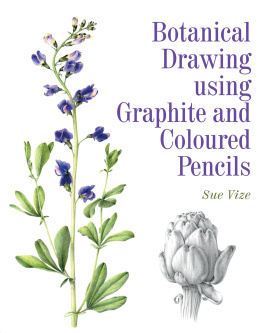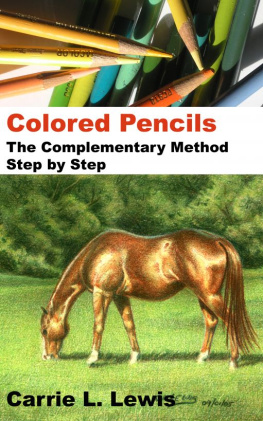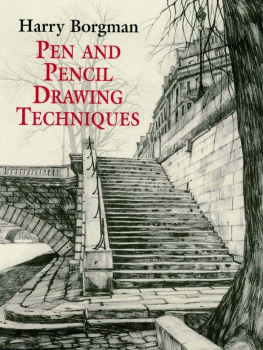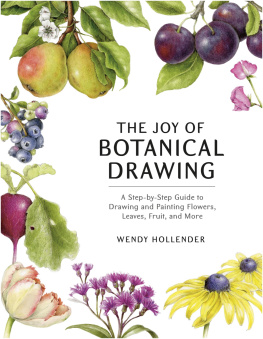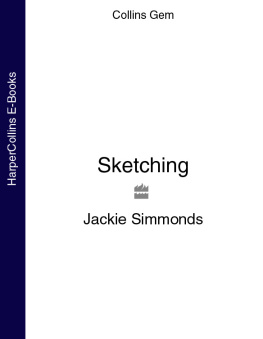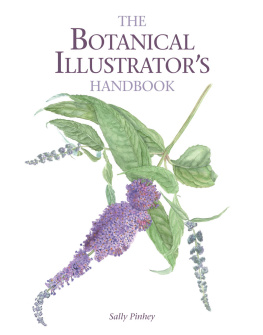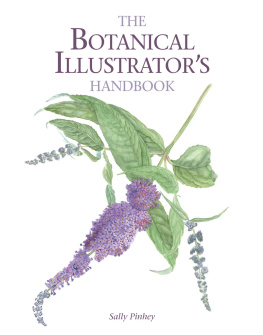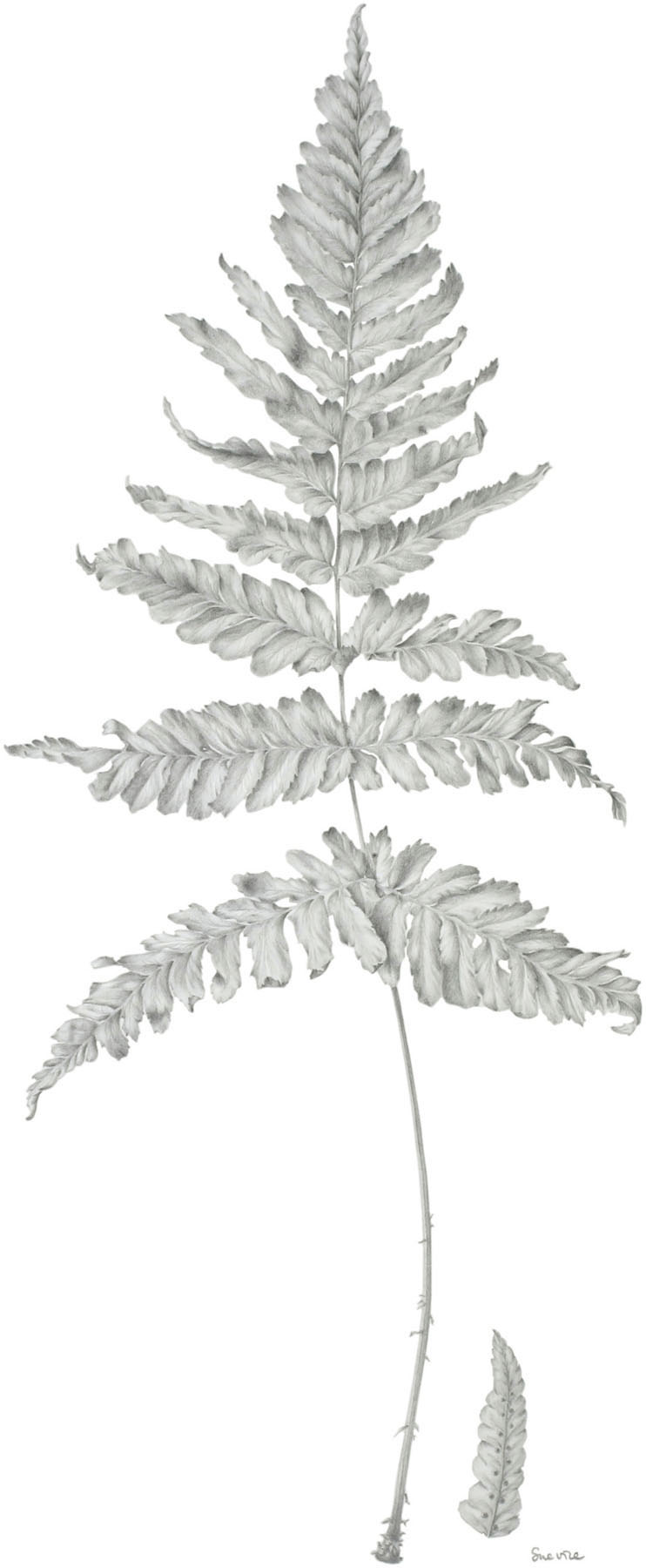
Autumn fern (Dryopteris erythrosora) graphite pencil.
Botanical Drawing using Graphite and Coloured Pencils
Sue Vize

THE CROWOOD PRESS
Botanical Drawing using Graphite and Coloured Pencils
First published in 2016 by
The Crowood Press Ltd
Ramsbury, Marlborough
Wiltshire SN8 2HR
www.crowood.com
This e-book first published in 2016
Sue Vize 2016
All rights reserved. No part of this publication may be reproduced or transmitted in any form or by any means, electronic or mechanical, including photocopy, recording, or any information storage and retrieval system, without permission in writing from the publishers.
British Library Cataloguing-in-Publication Data
A catalogue record for this book is available from the British Library.
ISBN 978 1 78500 160 4
Dedication
For my husband Stu, who is and has always been the love of my life, for my lovely wonderful mother for her never-ending support in everything I do.
In memory of my father who taught me to draw.
Acknowledgements
Anyone who has ever written a book will know how time consuming it is and just how focused you need to be to the exclusion of everything and everyone else. So my thanks (and apologies) go most importantly to my husband Stu for being my main proof reader, for letting me disappear into my book for a year and for still being here at the end of it; to my mother as I should have been helping her with her garden, especially since it is the main source for my plant material; and to my friends and family to whom I will make it up now the book is finished. Thank you also to my other proof readers Susie and Margaret; to Jenny Pawley from Elson and Hall for her image editing skills; and to David Pinney BSc (hons), Dip Ed for putting me right with the botany aspect of the book. A very special thank you goes to all my students for their endless patience while I have been writing my book, for all those creative suggestions and unbiased opinions, and for many kind offers of help. I couldnt have done it without you.
CONTENTS

INTRODUCTION
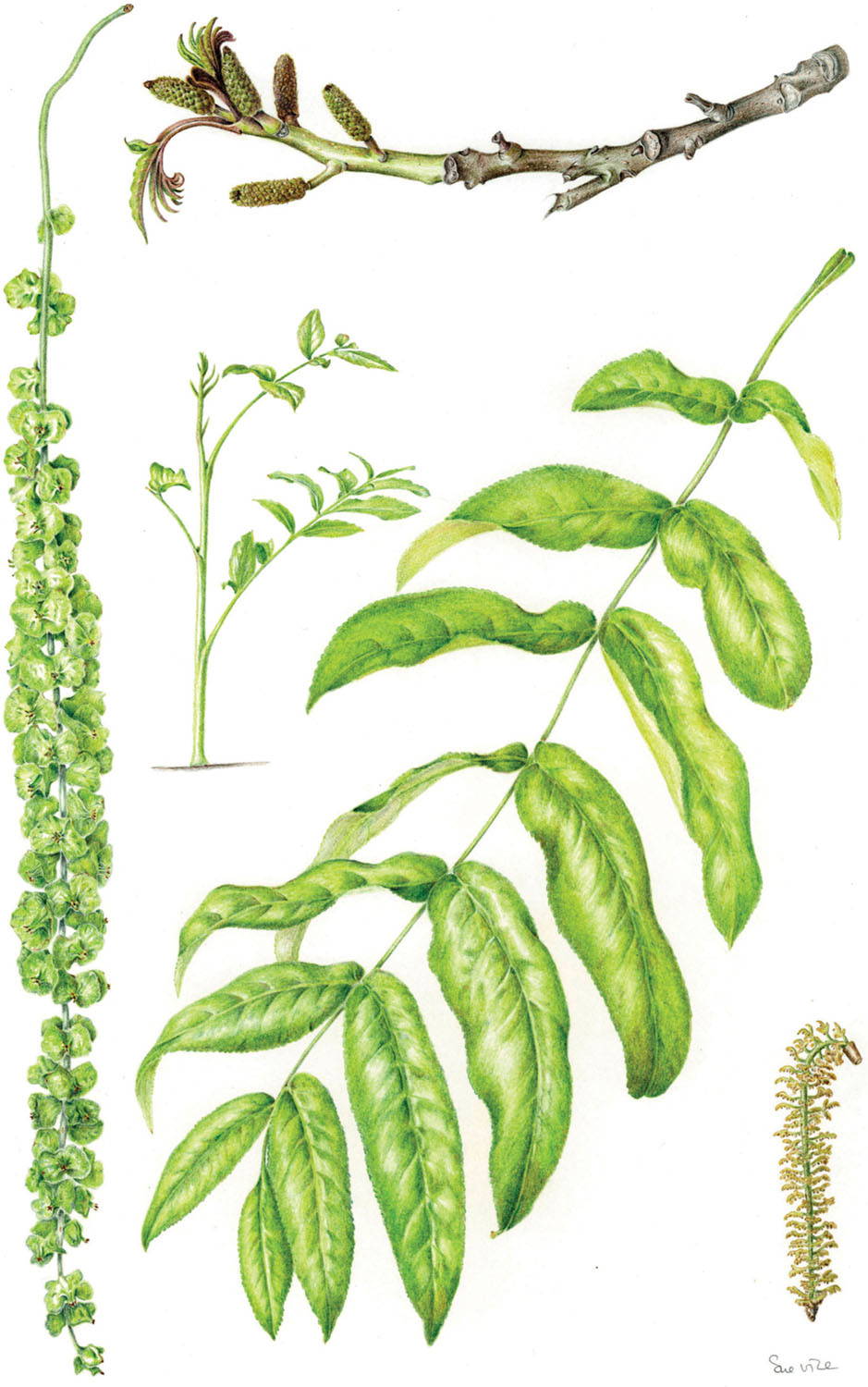
Caucasian wingnut (Pterocarya fraxinifolia) coloured pencil.
I am passionate about drawing. I enjoy the feel of the pencil point on the paper, the complete control and the ability to create such detail that an illustration appears almost photographic.
I am also passionate about plants, not that I will ever be able to remember their complicated names or keep them alive in difficult conditions, but at least I can draw them and in doing so, preserve their memory for years, long after they have withered, died and become part of the compost heap.
HOW I STARTED
In September 2000 I joined an adult education course entitled Botanical Illustration for Beginners at my local college, for just two hours a week. I went primarily to keep my mother company, but I had no idea at the time where this weekly trip would take me. The tutor was lovely and after the first week I was totally hooked. Initially we were taught drawing skills using graphite pencil but after a few weeks we had to move onto watercolour I was devastated. All that lovely monotone lost, no more sharpening of pencils to a wonderful point, no more studying texture and shadows in graphite all to be replaced by a wet brush that didnt do as it was told. I persevered with the watercolour though, and now actually quite enjoy it, but nothing will ever replace my love of drawing and the thrill of discovering the simple things in life such as a new pencil sharpener or finding a different brand of eraser while on holiday yes sad, but true. A few years after my course ended I visited a botanical art exhibition and had my eureka moment. Some of the pictures stood out above the rest: they were so detailed and clear. On close inspection I realized that they had not been completed in watercolour, as I had originally thought, but were in a different medium altogether: coloured pencil. I went home and promptly ordered my first set. I could now work in both monotone and colour and still draw. Life is now perfect.
MY STUDIO

My narrow boat studio, Driftwood.
Life has changed a lot since those early days and now, having reached a stage in my life where I divide my days between my own artwork and teaching botanical drawing to adults, I am very lucky in that my studio is on a canal boat with the lovely name of Driftwood. Here I can escape from ringing telephones, door-to-door salesmen, and being distracted by surfing the net, since nothing will work inside a 49-foot-long steel tube. I do get plenty of visitors though, all wanting bread, but once fed they all swim off and leave me in peace to get on with my work.
UNDERSTANDING A BIT ABOUT BOTANY
When taking an interest in any form of botanical art you begin to realize that plants really are fascinating. I am not a botanist by any means but I have taken in a little bit about the subject along the way, which is enough to help me in my own artwork. It is so important to understand your plant. You need to know how and why it works. There are many books on botany but they can be very confusing with so many technical terms describing even one plant part. Each chapter within this book covers instructions on how to draw a different aspect of the plant and I have included a small explanatory section on botany in the hope that it will help you understand exactly what you are drawing.
Historically, botanical illustrations were created as an aid to plant identification and as botanical artists we are interested not just in the flower but in every aspect of the plant from below ground upwards, including flowers, leaves, stems, roots, fruit and seed pods. Occasionally we may find a plant to draw that we feel is unusual and might not be typical of its species, so it is always useful to appreciate how it is structured. This is easier to do if we understand some of the botanical terms used, so that before starting the drawing, one plant can be compared with another, or some research can be done using reference books, a specialist plant nursery, or the Internet.
BOTANICAL ART, BOTANICAL ILLUSTRATION OR FLOWER PAINTING?
I have often been asked to explain the difference between botanical art, a botanical illustration and a flower painting. In answer, botanical art often has precise detail although may not pass close scrutiny as would a botanical illustration. The composition is usually artistically done and the finished result pleasing to look at. A botanical illustration on the other hand is a scientific representation of a plant, accurate enough to be used for plant identification or other scientific purposes. Often the illustrations include measurements, dissections or sectional enlargements, as well as any flowers, seeds or fruits that may be present. Flower paintings or drawings are intended to be aesthetically pleasing. They often lack botanical accuracy and are usually completed in a loose and expressive style.
Next page
